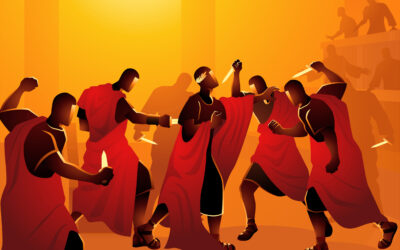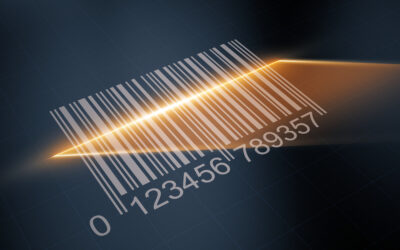
Animal Facts
Welcome to our Fun Animal Facts page, where we explore fascinating tidbits about creatures big and small from around the world. From the depths of the ocean to the heights of the sky, animals never cease to amaze us with their unique behaviors, abilities, and adaptations. Join us on this journey as we uncover five intriguing facts about some of nature’s most incredible inhabitants.
African Elephants
African elephants are not only the largest land animals on Earth but also possess an incredible memory. These majestic creatures can remember and recognize other elephants they haven’t seen for decades. This remarkable ability helps them navigate complex social structures and remember crucial information about food and water sources across vast distances.
Octopuses
Octopuses are known for their remarkable intelligence and problem-solving abilities. Beyond their eight arms lined with suction cups, these cephalopods can use tools and even escape from enclosed containers. They also have the uncanny ability to camouflage themselves by changing both color and texture to blend seamlessly into their surroundings, making them masters of disguise in the ocean depths.
Cheetahs
Cheetahs are the fastest land animals, capable of reaching speeds of up to 70 miles per hour in short bursts covering distances of up to 1,500 feet. Their slender, aerodynamic bodies, lightweight build, and specialized respiratory and cardiovascular systems enable them to achieve such incredible speed, making them formidable hunters on the African savannah.
Cheetah Speed (MPH)
Hummingbirds
Hummingbirds are among the smallest birds in the world, yet they are incredible aerial acrobats. They can hover in mid-air by rapidly flapping their wings up to 80 times per second and are the only birds capable of flying backward. Despite their tiny size, hummingbirds have enormous energy requirements, often consuming more than their body weight in nectar and insects every day to fuel their high metabolism.
Wing Flaps per second
Polar Bears
Polar bears are uniquely adapted to survive in the harsh Arctic environment. They have a thick layer of fat and dense fur that insulates them from the cold, allowing them to swim in freezing waters for long distances. Despite their formidable size and strength, polar bears are excellent swimmers, capable of covering up to 100 miles without rest, relying on their powerful front paws to paddle through the icy waters in search of seals, their primary prey.
miles swam without rest
Related Articles
The Ides of March—A Day of History and Superstition
The Ides of March (March 15) became infamous due to the assassination of Julius Caesar in 44 BCE. The Roman leader was betrayed by a group of senators—including his friend Brutus—leading to one of...
The History of Barcodes—The Lines That Changed Shopping
Barcodes are one of the most important inventions in modern retail, but they didn’t become popular overnight. In 1949, a graduate student named Norman Woodland was inspired by Morse code to create a...
The History of St. Patrick’s Day Parades—A Celebration of Irish Pride
St. Patrick’s Day is closely associated with Ireland, but the first St. Patrick’s Day parade actually took place in New York City in 1762—organized by Irish soldiers serving in the British army....





